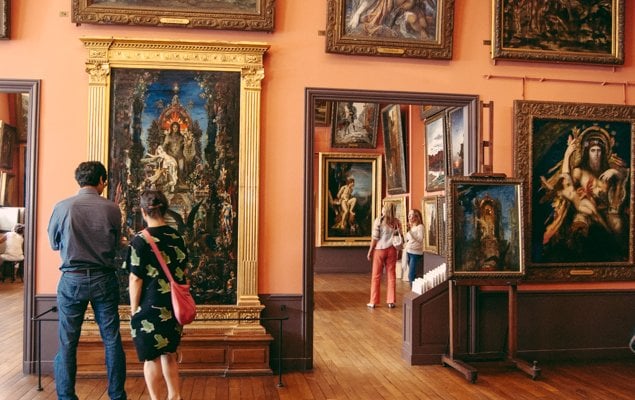
There are so many amazing museums in Paris, maybe even too many to count on two hands. A person could dedicate an entire month here, just to explore all the museums. The Louvre alone can take a whole week to explore, for those ambitious enough to brave the marble fortress with all its wings, floors, special exhibitions and side-halls. I visited the Louvre numerous times when I was an exchange student in Paris, and every single time, I would somehow manage to wander into a room I’d never seen before. There’s also the Musée d’Orsay, the Orangerie with Monet’s famous waterlilies, the Chateau of Versailles and the Centre Pompidou, among others. Without a doubt, the museum scene in Paris is, in a word: overwhelming. So why would you bother adding extra museums to your ever-growing museum-list, when the Louvre alone can leave you feeling sore-footed and frazzled?
Because variety is the spice of life!
Now – I don’t want to offend anybody. The Louvre is beautiful and amazing, but let’s face it, seeing 50 paintings of Christ in Majesty or 30 portraits of grumpy, rich men is pretty much equivalent to seeing just one of each – at least to the average museum-goer. After wandering through so many grand hallways and passing so many gold-framed paintings, everything starts to look like a big blur.
The truth of the museum world is that almost all great works of art are wrenched from their original context so that the viewer has no real sense of its greatness in its own time and place. The white walls of a museum are like an equalizing force, placing an ancient Egyptian mural at the same level as an Impressionist landscape. Of course, neither work is better than the other, but a great deal of information is lost in this kind of display.
Musée Gustave Moreau does an excellent job of breaking this mold by providing context. Instead of impersonal, neutral walls, you get to view the work of this prolific, late-19th century artist in the context of his own home. You get to walk through the exact place that Monsieur Moreau would wake up, spend time with his family and friends, and then create beautiful art in his studio. You essentially step into the past, and you are able to imagine what being a Parisian artist just before the turn of the century actually felt like.
You can see the original furniture, damask wallpaper, various curiosities and collectibles, rich textiles, and a large collection of framed drawings and prints. The top two floors are dedicated to Moreau’s studio space: expansive rooms hung floor-to-ceiling with his fantastical images. There’s even a gorgeous spiral staircase that is a work of art in itself (designed by architect Albert Lafon in 1895).
As far as the artworks go, you get to see not only works from throughout his career – some more crisp and defined, others more abstract – but also works in various stages of completeness. Some only have the basic figures sketched out, others have a wash of color with beautiful drawings in black ink, while some are deeply saturated and completely finished. In any case, all of his paintings are detailed and intricate, and inspired by mythological and biblical stories and characters. There’s even a fair number of unicorns, so keep an eye out for those! The museum provides information cards in English that explain the symbolism within each painting, so be sure pick one up.
You can find Musée Gustave Moreau in the 9th Arrondissement, in an area known as Nouvelle-Athènes (New Athens). In the neighborhood are plenty of old, grand townhouses that once belonged to the intellectual and artistic elite of the 19th century. You can easily visit the Moulin Rouge and explore Montmartre after spending an hour in this museum, it would make for an excellent walking itinerary.
Musée National Gustave Moreau
14 rue de La Rochefoucauld
75009 Paris
Metro Trinité d’Estienne d’Orves (line 12) or Pigalle (line 2)
Open every day except Tuesday
Monday, Wednesday, Thursday: 10am – 12.45pm and 2pm – 5.15pm
Friday, Saturday, Sunday: 10am – 5.15pm
(Image Credits: All images by the Author)
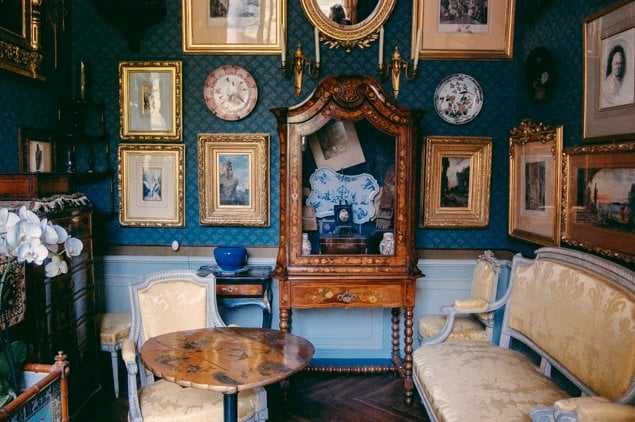
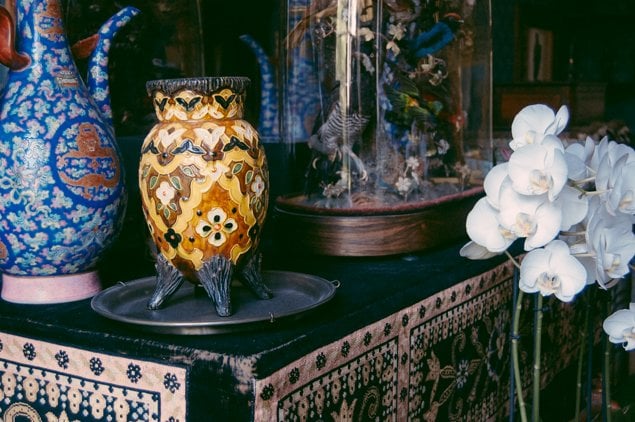
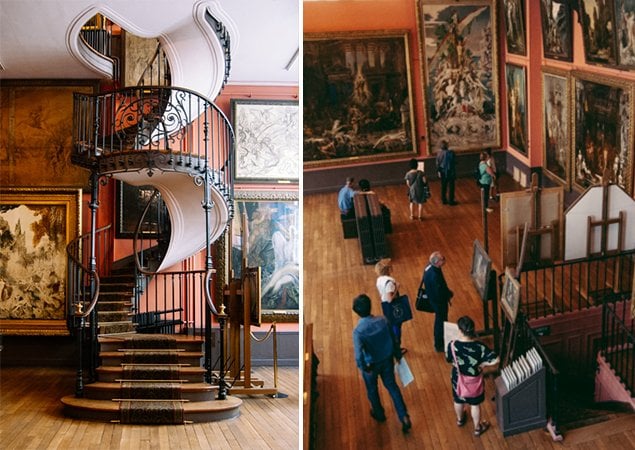
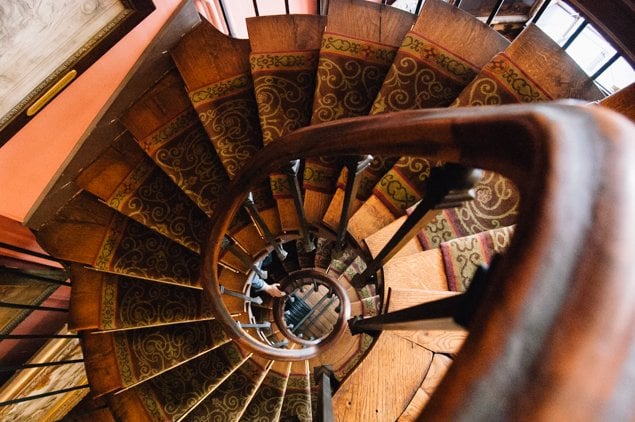
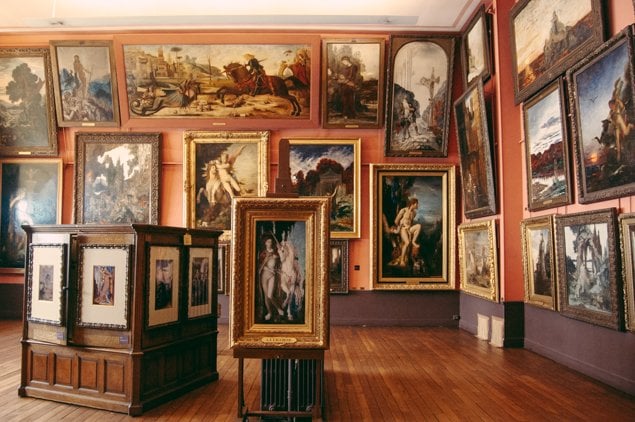
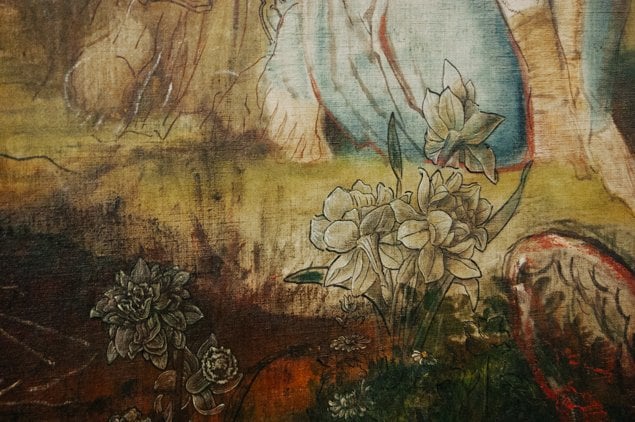
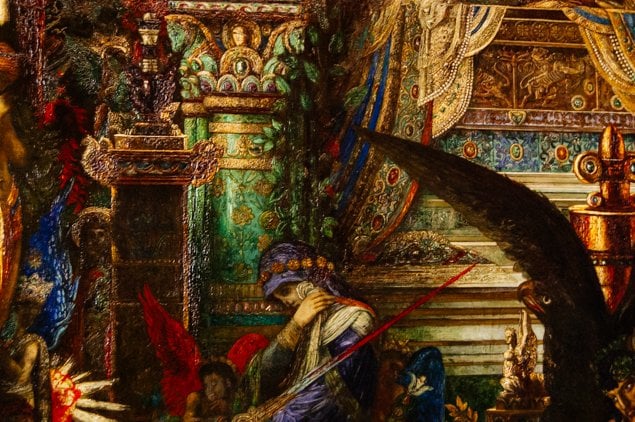
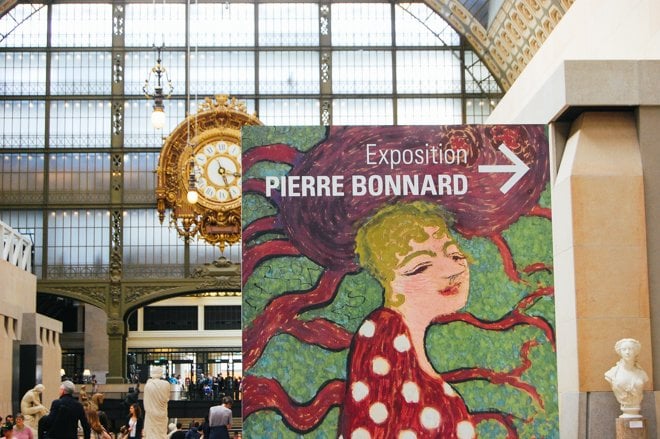

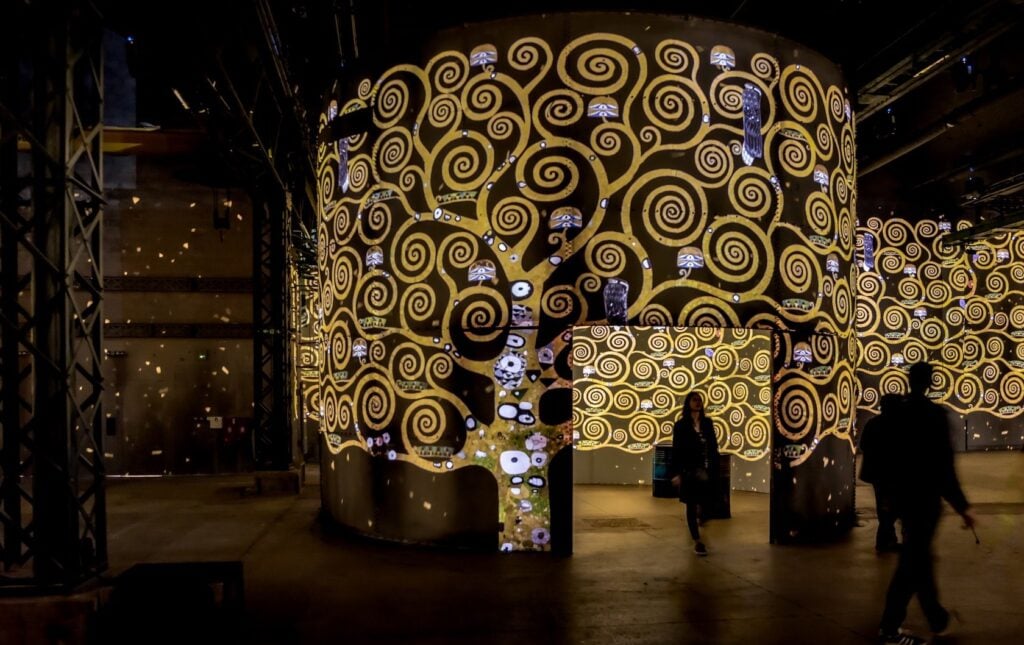
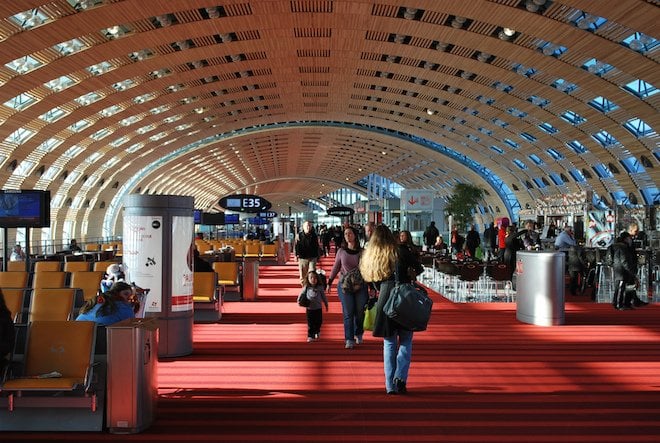
I had been to this place a few years ago – very impressive! You actually need much more than one hour to visit: there are reams of drawings in flip-folders on the wall in the main gallery upstairs.